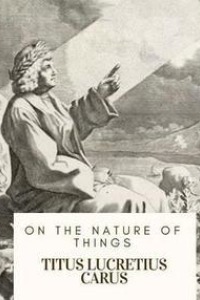
The Mahabharata of Krishna-Dwaipayana Vyasa
Bok av Krishna-Dwaipayana Vyasa
The Mahbhrata is one of the two major Sanskrit epics of ancient India, the other being the Rmyaa. It narrates the struggle between two groups of cousins in the Kurukshetra War and the fates of the Kaurava and the Pava princes and their succession. Along with the epic Rmyaa, it forms the Hindu Itihasa.
It also contains philosophical and devotional material, such as a discussion of the four "goals of life" or pururtha (12.161). Among the principal works and stories in the Mahbhrata are the Bhagavad Gita, the story of Damayanti, an abbreviated version of the Rmyaa, and the story of yasringa, often considered as works in their own right.
Traditionally, the authorship of the Mahbhrata is attributed to Vysa. There have been many attempts to unravel its historical growth and compositional layers. The oldest preserved parts of the text are thought to be not much older than around 400 BCE, though the origins of the epic probably fall between the 8th and 9th centuries BCE. The text probably reached its final form by the early Gupta period (c. 4th century CE). According to the Mahbhrata itself, the tale is extended from a shorter version of 24,000 verses called simply Bhrata.







